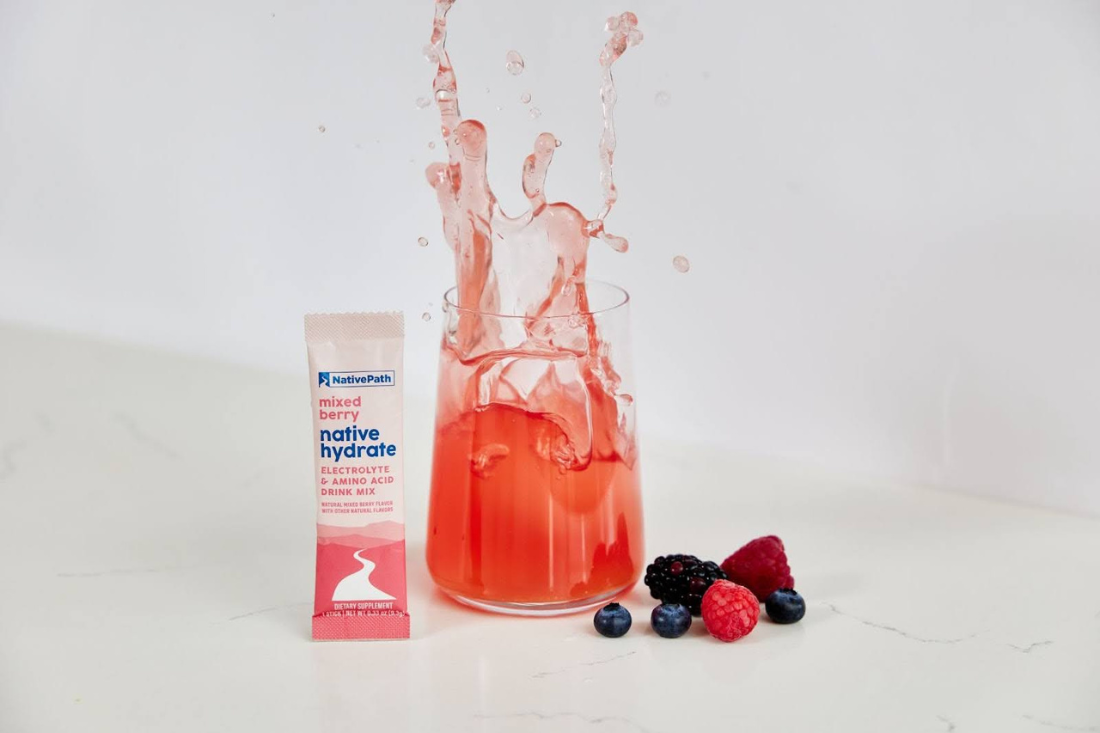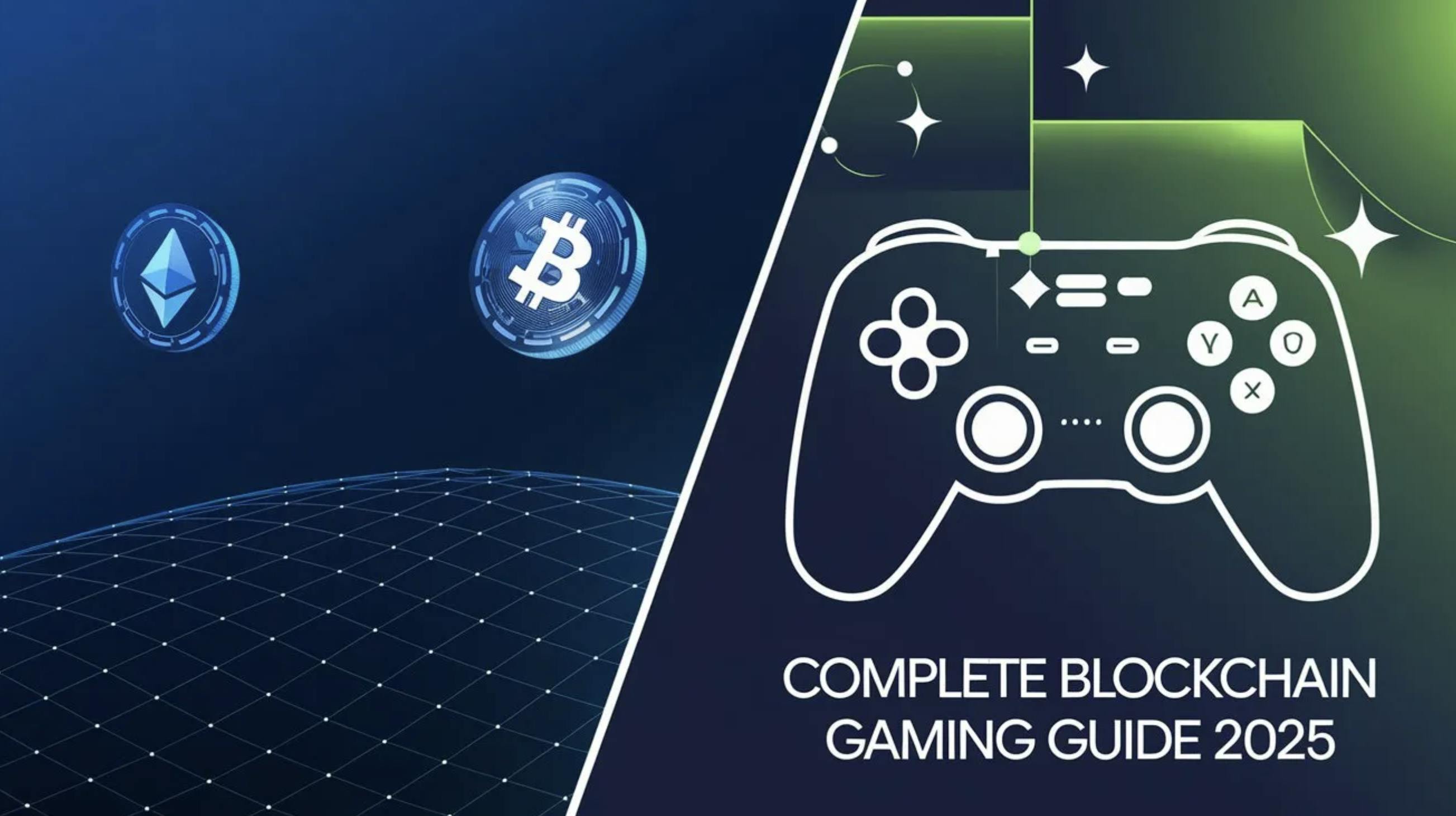Building a six-figure coaching program doesn’t have to be complicated. You don’t need employees, a business partner, or a massive team to pull it off. With the right structure, systems, and audience, you can create a profitable, sustainable community that gives you freedom and flexibility.
I’ve built multiple coaching programs over the years—some in real estate, health, and now digital marketing—and I’ve learned what works, what doesn’t, and how to launch quickly without burning out.
Here’s how you can do it too.
Why I Chose Coaching Over Courses
I’ve been in the hustle culture before—big teams, heavy expenses, scaling as fast as possible. Today, I run differently. No employees. No business partners. Just me, good systems, and a lean model that stays about 78 percent profitable.
The goal isn’t millions of dollars or nonstop hustle. The goal is freedom. I want to take a cruise when I feel like it, spend mornings at wellness classes, and live life on my own terms. A coaching community is the perfect fit because it provides recurring income without tying me down to endless one-on-one sessions or heavy course maintenance.
I use Stan Store for my coaching program.
What My Coaching Program Includes
Two Live Coaching Calls Per Month
Each call runs for two hours on Zoom. I never loved one-on-one coaching, but I thrive in a small group environment. Members get real-time coaching, I share current strategies, and the energy is high.
A Resource Library Instead of Courses
Instead of static courses that quickly become outdated, I provide modules filled with videos, AI prompts, guides, and ebooks. These resources are updated as strategies evolve, giving members step-by-step guidance they can access anytime.
A Private Facebook Group for Community
My audience is mostly over 40, and Facebook is where they’re comfortable. I tested other platforms, but they asked to move back. Meeting your audience where they already are is critical.
Mistakes That Helped Me Improve
When I first launched this program, I used a spreadsheet with multiple tabs for prompts, guides, and links. I loved it, but members struggled with navigation. Eventually, I moved it all into a proper resource hub that looked more like a course site.
The lesson: simplicity beats complexity. Build for your audience, not just for yourself.
How to Launch a Coaching Program Overnight
This program didn’t start with a big funnel. It started with a feeler post.
I asked: “I made $100,000 on TikTok last year. Would anyone be interested in a coaching program that includes TikTok, Amazon, YouTube, Pinterest, blogging, and ebooks?”
The comments exploded. When you get that kind of response, don’t wait—launch immediately.
I set my benchmark at 50 members paying $99 a month. That would bring in $5,000, making it worth my time. Instead, 100 people joined overnight. By the end of the year, membership doubled to over 200, bringing in $20,000 a month.
Even when the economy dipped and people cut budgets, my numbers never fell below 98 members. That meant a reliable $10,000 a month baseline.
Lessons From Previous Coaching Programs
In real estate, I ran a program that generated $30,000 a month for years. In health, I launched a keto coaching group that also started with 100 people at $99 a month. The community was active and engaged, but I stepped away because I didn’t want the responsibility of other people’s health.
The takeaway: choose a niche you’re willing to live with long-term.
Coaching vs Courses vs Paid Communities
When Courses Work
Courses can be powerful, especially in slower-moving industries like gardening, home decor, or parenting. These don’t change quickly, so evergreen content stays relevant.
Why I Prefer Coaching + Resources
In fast-moving industries like digital marketing, courses become outdated too fast. Coaching with live calls and an evolving resource library allows me to stay current without constantly rebuilding full programs.
The Power of Paid Communities
Some people build thriving communities without teaching. Members pay $10 to $20 a month just to connect. Platforms like YouTube memberships make this easy, letting you charge for exclusive chats, polls, or live streams.
How to Build an Audience First
None of this works without an audience. My core tribe is about 1,000 loyal followers. That’s enough to sustain a six-figure program.
YouTube for Audience Growth
YouTube is my main growth driver. If I were starting from zero, I’d publish long-form videos daily until one gained traction. At minimum, two videos per week for 20 to 40 minutes. Consistency feeds the algorithm and gives your audience content to binge.
Instagram and TikTok
Both are excellent for building short-form content audiences and driving them into your coaching programs.
Email Still Works
For audiences over 40, email remains one of the most effective sales tools.
The Seasonality of Coaching Income
Like any business, coaching has cycles. Membership tends to climb in the summer through the fourth quarter, then dip when people cut back. The key is that my numbers never fall below a healthy baseline.
By focusing on the students I already have, delivering consistent calls, and keeping resources current, I know I can rely on at least $10,000 a month. Anything above that is bonus revenue.
The Biggest Mistake I’ve Made
The biggest mistake with coaching has been stopping. Each time I paused too long, I lost momentum. Coaching has always been one of my most reliable income streams. For me, it’s usually one-third of my overall business, which feels healthy.
Final Thoughts
You don’t need millions of followers, a complicated funnel, or endless one-on-one sessions. You need a clear format, a platform your audience is comfortable with, and the consistency to keep showing up.
I’ve built coaching communities in multiple niches, and every time they’ve proven to be steady, profitable, and flexible. If you want recurring income, personal freedom, and a sustainable business, building a coaching community may be your smartest next step.












